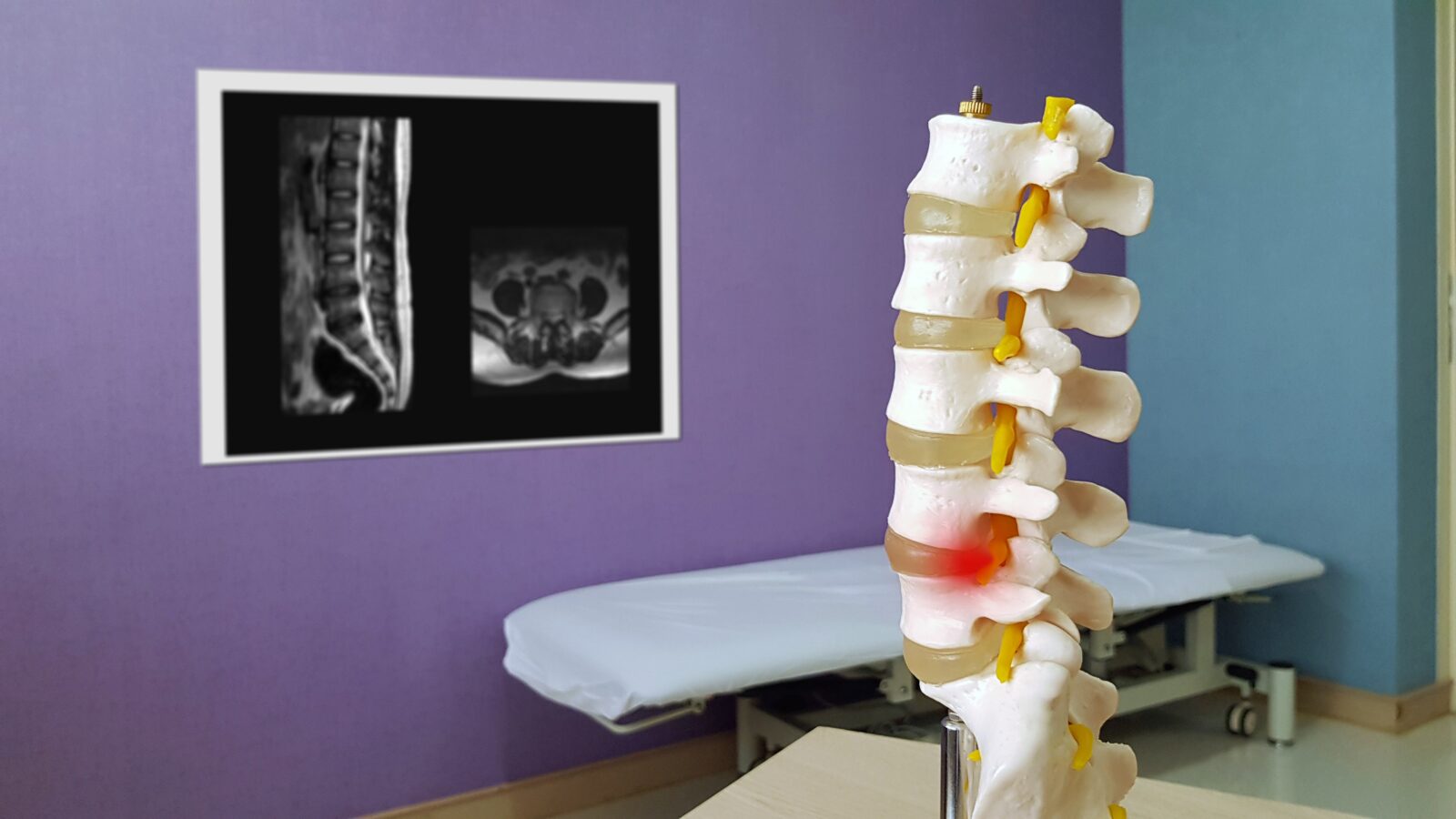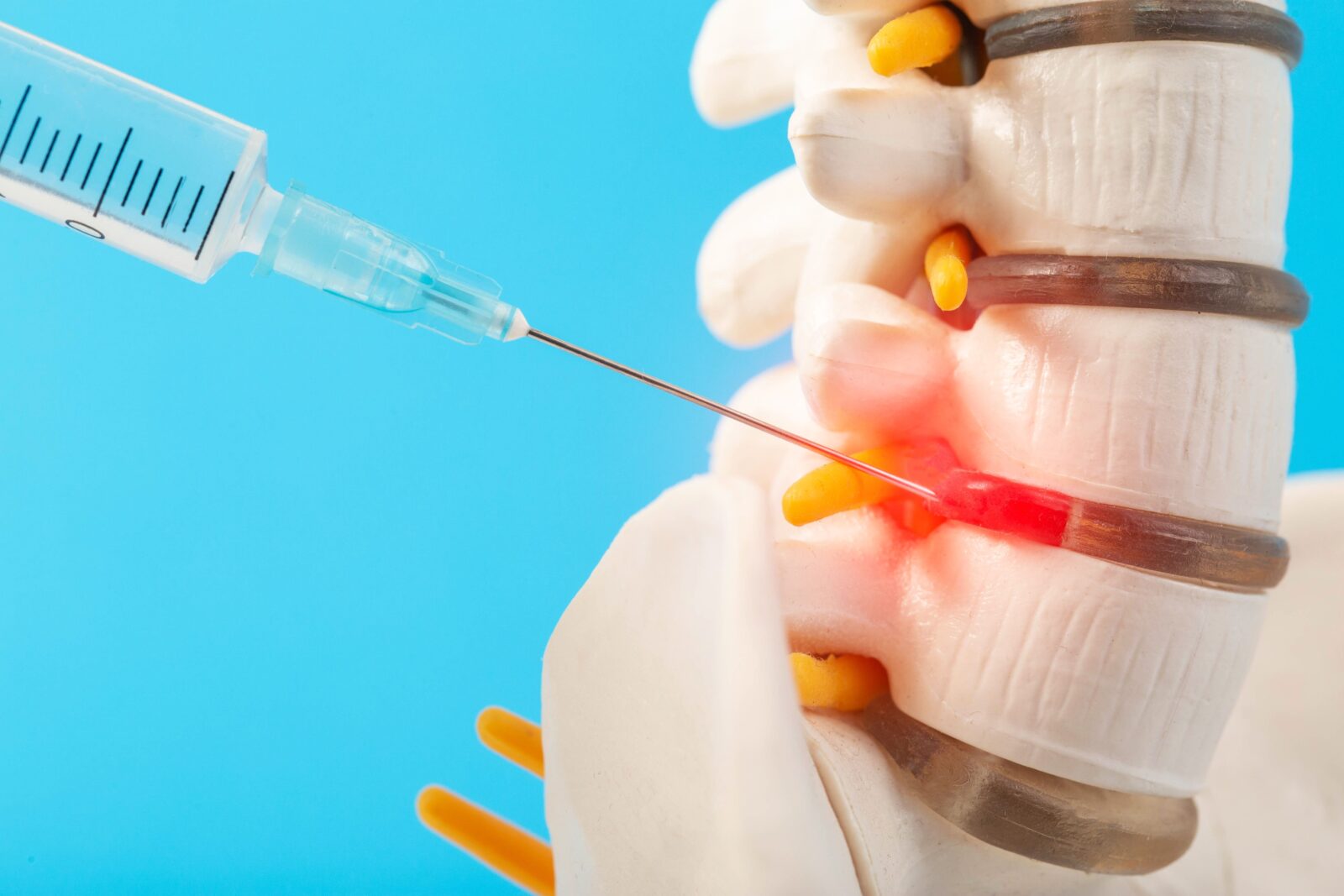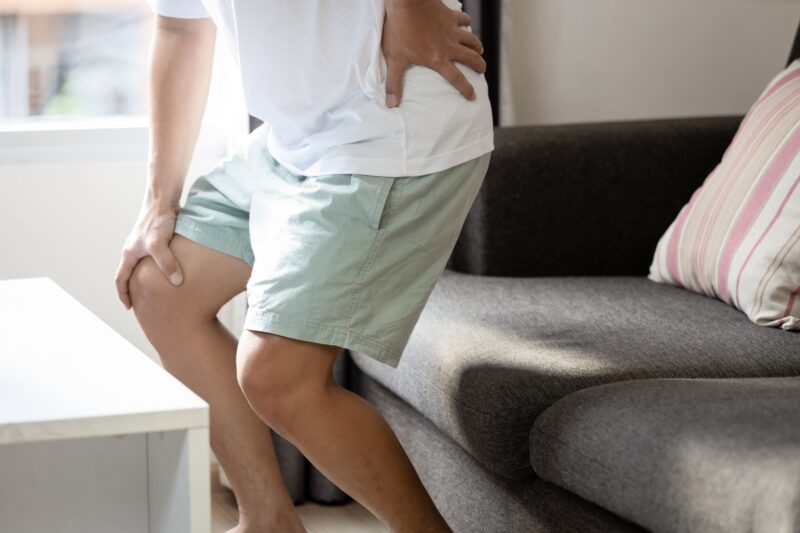Lower back pain is a pervasive issue that affects millions of individuals worldwide, significantly impacting their daily lives and overall well-being. With a complex structure of muscles, ligaments, discs, and bones, the lower back is prone to a variety of conditions that can lead to discomfort and pain. Understanding the common causes of this ailment is crucial for effective management and prevention. This blog aims to delve into the prevalent causes of lower back pain, ranging from muscle strains and disc issues to arthritis and osteoporosis, and provide insights into how these conditions can be addressed. By exploring the anatomy of lower back pain and offering practical advice for relief and prevention, we hope to empower readers with the knowledge needed to alleviate their symptoms and improve their quality of life.
Understanding Lower Back Pain
Lower back pain is a condition that affects the area of the lumbar spine, which supports much of the weight of the upper body. The complexity of the lower back’s anatomy, with its intricate structure of bones, discs, muscles, ligaments, and nerves, makes it susceptible to injury and pain. This region is responsible for various movements, including bending, twisting, and lifting, which are integral to daily activities.
The lumbar spine comprises five vertebrae (labeled L1 through L5), which are the largest and bear the most body weight. Between these vertebrae are intervertebral discs, which act as cushions to absorb shock and allow for flexibility. The muscles and ligaments in the back support the spine and help with movement, while nerves running through the spinal cord to the rest of the body can be a source of pain if they are compressed or irritated.
Understanding the causes of lower back pain involves recognizing the various conditions that can affect this part of the body. These can range from acute injuries, such as strains and sprains, to chronic conditions like degenerative disc disease, arthritis, and spinal stenosis. Additionally, lifestyle factors, including poor posture, obesity, and lack of physical activity, can contribute to the development of lower back pain.
By comprehending the anatomy and functionality of the lower back, individuals can better appreciate the origins of their pain and the importance of maintaining spinal health through proper care, exercise, and ergonomic practices. This foundational knowledge sets the stage for exploring the common causes of lower back pain and the effective strategies for addressing them.
Common Causes of Lower Back Pain
Lower back pain can stem from a variety of sources, ranging from acute injuries to chronic conditions. Understanding these common causes of low back pain is essential for identifying the appropriate treatment and preventive measures. Here’s a closer look at some of the prevalent issues leading to lower back discomfort:
Muscle or Ligament Strain
Repeated heavy lifting or a sudden awkward movement can strain back muscles and spinal ligaments. The risk is particularly high for individuals in poor physical condition or those who perform these actions infrequently, leading to overexertion. Symptoms include pain and stiffness in the lower back, sometimes with muscle spasms.
Bulging or Ruptured Discs

Intervertebral discs are the cushions between the vertebrae in the spinal column. A disc bulges or ruptures when the soft material inside pushes out, potentially pressing against a nerve and causing pain. Interestingly, it’s possible to have disc disease without experiencing back pain, with the condition often being discovered incidentally.
Arthritis
Osteoarthritis can affect various parts of the body, including the lower back. In more severe cases, it can lead to spinal stenosis, the narrowing of space around the spinal cord, which can cause pain and discomfort. Symptoms often include stiffness and pain in the back, especially in the morning or after periods of inactivity.
Skeletal Irregularities
Conditions such as scoliosis, a curvature of the spine, can lead to back pain. While these are typically diagnosed at an early age, they can cause discomfort or pain in the lower back as one ages, particularly if the spinal curve puts pressure on surrounding muscles and nerves.
Osteoporosis
A condition characterized by weakened bones, osteoporosis can lead to compression fractures in the vertebrae of the spine, causing significant back pain. These fractures can occur even from minor stresses or falls, often without immediate symptoms until the bone actually breaks.
Each of these conditions can cause not just discomfort but also significant limitations to one’s mobility and quality of life. Understanding the underlying causes is the first step in addressing lower back pain effectively. The next section will explore various treatments and strategies to manage and alleviate these common causes of back pain.
How to Address Lower Back Pain
Addressing lower back pain effectively requires a multifaceted approach, tailored to the specific cause of discomfort. Here are strategies to manage and alleviate pain stemming from the common causes outlined in the previous section:
For Muscle or Ligament Strain
- Rest and Recovery: Initially, short periods of rest can help reduce acute pain, but prolonged inactivity can hinder recovery. Transitioning to gentle activities as soon as possible is advised.
- Physical Therapy and Exercises: Engaging in physical therapy can strengthen back muscles and improve flexibility, reducing the risk of further strains. Core strengthening exercises are particularly beneficial.
For Bulging or Ruptured Discs

- Non-surgical Treatments: Many cases can be managed without surgery. Options include physical therapy to strengthen the muscles supporting the back, pain relief medications, and sometimes corticosteroid injections.
- Surgery: In cases where non-surgical treatments fail and the pain is disabling, surgical options such as discectomy or laminectomy may be considered to relieve pressure on the nerves.
For Arthritis
- Lifestyle Changes and Medication: Managing arthritis often involves anti-inflammatory medications or analgesics to reduce pain and swelling. Regular physical activity and maintaining a healthy weight can also alleviate symptoms.
- Physical Therapy: Tailored exercises can help maintain flexibility in the spine and strengthen the muscles that support it.
For Skeletal Irregularities
- Non-invasive Treatments: Physical therapy can also benefit individuals with skeletal irregularities, focusing on strengthening and flexibility exercises. Braces might be used in younger individuals to prevent the progression of spinal curvature.
- Surgery: For severe cases, especially when the curvature of the spine causes pain or affects lung and heart function, surgical interventions may be necessary to correct the alignment.
For Osteoporosis
- Prevention and Management: Treatment focuses on strengthening bones through calcium and vitamin D supplements, medications to slow bone loss, and exercises to strengthen bones and improve balance.
- Medications and Lifestyle Adjustments: Medications can help prevent further bone loss, while lifestyle changes, including quitting smoking and reducing alcohol consumption, can improve bone health.
General Management Tips
- Pain Relief Techniques: Applying heat or cold to the affected area can reduce pain and inflammation. Over-the-counter pain relievers may also provide temporary relief.
- Mind-Body Techniques: Practices such as yoga, meditation, and biofeedback can help manage pain by reducing stress and improving coping mechanisms.
- Regular Check-ups: Ongoing monitoring by a healthcare professional is crucial, especially for conditions like osteoporosis and arthritis, to adjust treatment plans as needed.
Effective management of lower back pain involves not just treating the symptoms but addressing the underlying causes. A combination of medical treatment, physical therapy, lifestyle changes, and sometimes surgery, can provide significant relief and improve the quality of life for those suffering from lower back pain. Always consult a healthcare provider to develop a treatment plan that’s right for your specific condition and needs.
Conclusion
In conclusion, understanding and addressing the common causes of lower back pain is essential for improving one’s quality of life and maintaining mobility. Whether the pain stems from muscle strains, disc issues, arthritis, skeletal irregularities, or osteoporosis, there are effective strategies and treatments available. It’s important to approach lower back pain with a comprehensive plan that includes medical intervention, physical therapy, lifestyle adjustments, and, in some cases, surgical options. By taking proactive steps to manage and prevent lower back pain, individuals can significantly reduce their discomfort and prevent future episodes. Remember, consulting with a healthcare professional is crucial in identifying the underlying causes of your pain and developing a personalized treatment plan. With the right approach, it is possible to achieve relief from lower back pain and enjoy a healthier, more active life.










